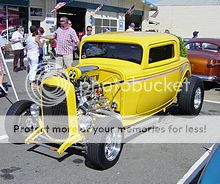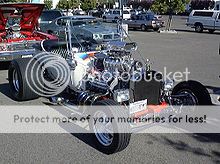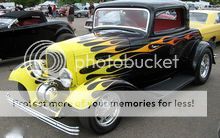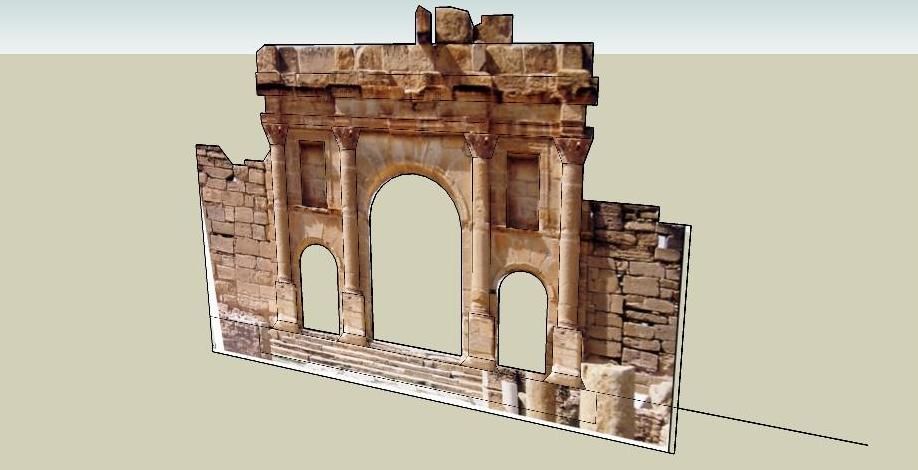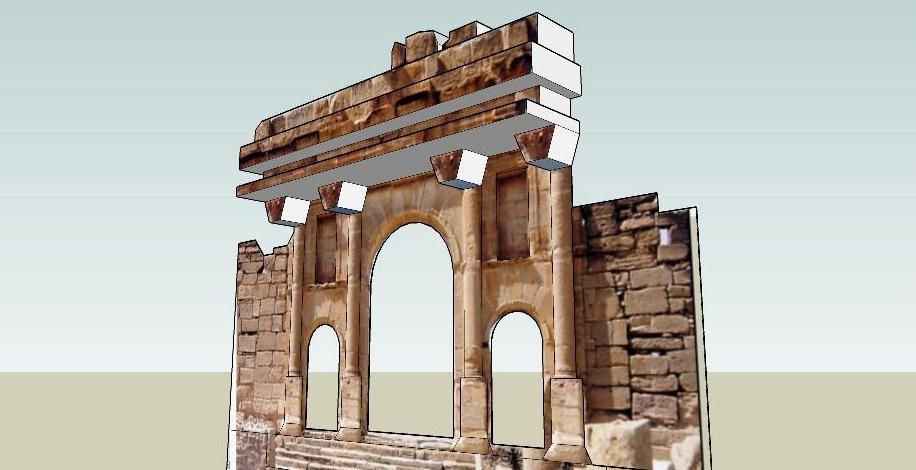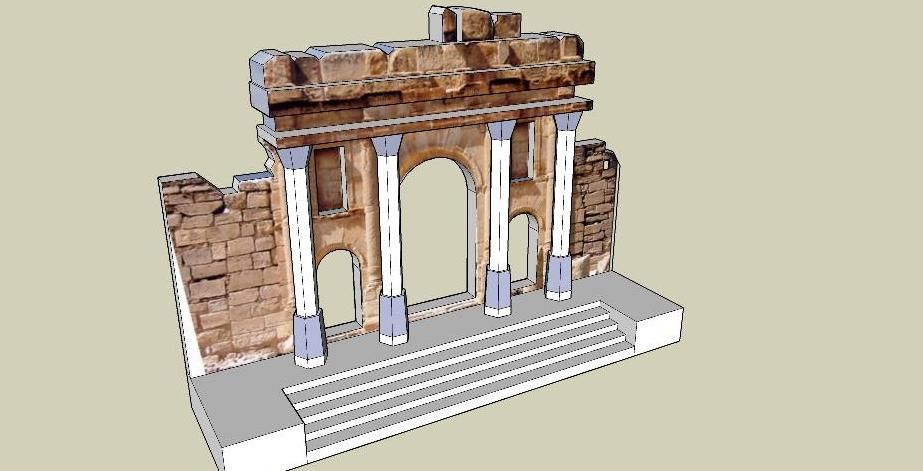The Williams FW26 is a
Formula One racing car designed and built by
WilliamsF1 for the
2004 Formula One season. The design team was led by
Patrick Head, Gavin Fisher and Antonia Terzi. It was driven by
Ralf Schumacher and
Juan Pablo Montoya and proved to be one of the most attention grabbing cars of the season. The
FW26 was powered by a
BMW 3.0 V10 engine, one of the most powerful in
F1 at the time.
 Williams
Williams had finished 2003 with arguably the strongest package overall, and great expectation was on the team to win both titles in 2004, having come so close the previous year. To this end, Head supervised the car with the aim of being on the pace immediately, whilst his design team came up with a revolutionary aerodynamics package. The car featured a radical front section, nicknamed the
'Walrus nose'. It featured a short, stubby nosecone connected to the front wing by sloping vertical spars which allowed more airflow to the underside of the car. In an effort to maximise the airflow, the front suspension was designed around the twin keel principle, pioneered by
Sauber and also used by
McLaren and Jordan.
The
FW26 proved fast in pre-season testing and
Montoya was tipped as a title favourite, but during the season proper the car proved difficult to set up and was inconsistent, with
Montoya and Schumacher both struggling to maximise the car's potential. The car was genuinely outpaced by the
Renaults and
BARs of that time, as well as the
Byrne/Brawn-designed Ferrari F2004, which dominated much of the season. This meant the team was largely in the upper midpack among the competition this year, but not in contention for the title.
The mid-season was especially barren. The cars were disqualified from second and fifth place finishes in
Canada for running brakes that infringed the technical regulations, and
Schumacher suffered a heavy crash at
Indianapolis, sidelining him for three months. His replacements,
Marc Gené and Antônio Pizzonia could do little with the car and it was left to Montoya to defend Williams' honour.
The team redesigned the front end of the car in time for the
Hungarian Grand Prix and fitted the car with a more conventional nosecone. This helped bring an upsurge of competitiveness to the car and gave Montoya a needed boost. He rounded off the season with a win in
Brazil, whilst the returning Schumacher put in strong drives in
Japan and
China. They eventually finished fourth in the constructors standings, just behind
Renault, making 2004 the worst season for
Williams since 1999. It was also the first season since 2000 in which
Williams failed to score at least one pole position. Both drivers left at the end of the season, and the replacement
FW27 was designed to be a far more conventional car for the following year.
The
FW26 was the last
Williams Formula One car that was designed under the supervision of longtime
Williams technical director
Patrick Head. -
Wikipedia
 O Williams FW26
O Williams FW26 causou alguma sensação no meio da
Formula 1 com o sensacional “nariz” (designado
walrus nose) do monolugar. Os responsáveis pela inovação foram os designers
Gavin Fisher e Antonia Terzi. Completamente diferente do que se via nos outros monolugares mas com resultados práticos apenas satisfatórios, a frente do
FW26 foi de alguma maneira contestada desde início pelos pilotos da
Williams, chegando mesmo a ser alterada para os restantes GP’s a partir da prova na
Hungria, adotando-se uma frente mais convencional.O
Williams FW26 utilizava o motor
BMW P84 V10 de 2998 cm3, com 900 cv de potência (mais 30 cv do que o anterior). Os pneus eram os
Michelin.
Nesse ano a
Williams utilizou 4 pilotos diferentes devido ao acidente sofrido por
Ralf Schumacher no GP dos EUA (Ralf esteve ausente em 6 provas regressando para as 3 últimas corrida do ano). Assim, o piloto colombiano
Juan-Pablo Montoya efectuou a época completa (18 GP’s); o piloto alemão
Ralf Schumacher participou em 12 provas; o piloto italiano
Marc Gene participou em 2 provas e
António Pizzonia, piloto brasileiro, esteve presente em 4 GP’s.No final do campeonato a
Williams não tinha conseguido alcançar os objectivos traçados no início da temporada.
Juan-Pablo Montoya foi o melhor piloto da equipa ao ficar no 5º lugar do campeonato com 58 pontos (1 vitória na última corrida da época, no Brasil; 1 segundo lugar, na Malásia e 1 terceiro lugar, em
San Marino).
Ralf Schumacher ficou em 9º com 24 pontos (1 segundo lugar no
GP do Japão).
António Pizzonia foi o 15º com 6 pontos conquistados no 4 Gp’s em que participou.
Marc Gene não conseguiu pontuar nas duas corridas em que esteve envolvido. A equipa Williams terminou o campeonato de construtores em 4º lugar, com 88 pontos e apenas 1 vitória. Para além de ter falhado os objectivos, a
Williams teve piores resultados que o ano anterior. No final do ano a
Williams não manteve nenhum dos seus dois pilotos titulares:
Montoya saiu para a
McLaren e
Ralf Schumacher saiu para a
Toyota. -
4rodinhas.blogspot.com
 Link to templates: Williams.FW26.Formula1.Paper.Model.by.Metmania.Templates
Link to instructions: Williams.FW26.Formula1.Paper.Model.by.Metmania.Instructions
Link to templates: Williams.FW26.Formula1.Paper.Model.by.Metmania.Templates
Link to instructions: Williams.FW26.Formula1.Paper.Model.by.Metmania.Instructions



